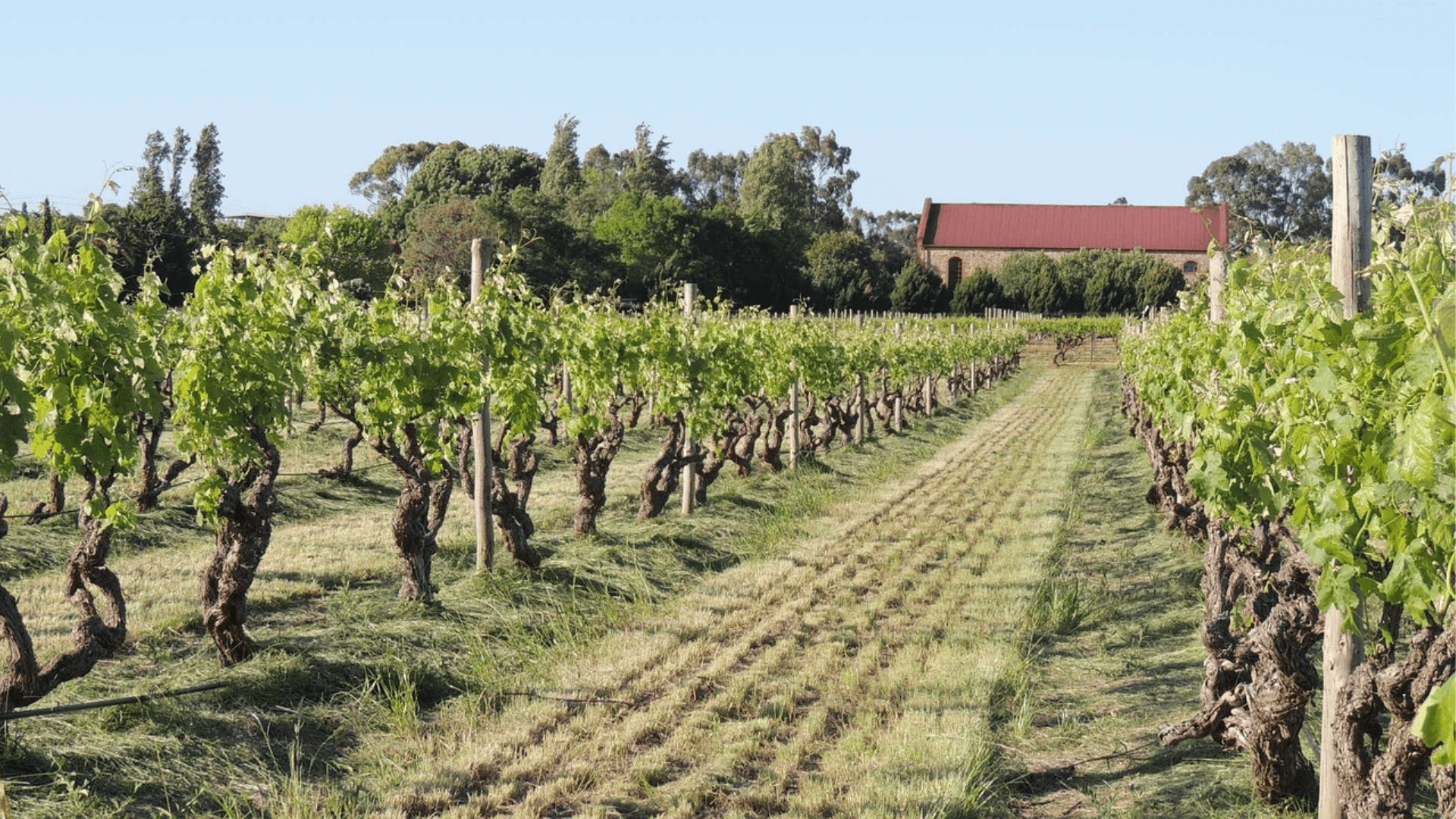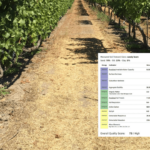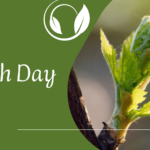Disease and pest control are critical for maintaining healthy vineyards, especially with the growing challenges posed by changing weather patterns. Integrated Pest Management (IPM) offers a sustainable approach by combining various techniques to protect vines, reduce pesticide use, and improve vineyard health. In this article, we’ll explore how IPM works and how it can optimize pest control in vineyards.
Humans have cultivated grapes for centuries, but grapevine cultivation is complex and requires extensive knowledge to produce quality fruit. Grapevines face threats from both biotic (living) and abiotic (non-living) factors, including pests and diseases that can disrupt vital processes like photosynthesis and growth. While some growers face fewer challenges, others struggle, particularly with the unpredictable weather patterns caused by climate change. One common question from growers is when to spray for pests and diseases. However, effective pest control isn’t just about spraying—especially when aiming for economically and environmentally sustainable solutions. Overreliance on chemicals, which can lead to high pesticide residues, poses significant environmental risks.
The solution lies in a comprehensive, sustainable approach to pest management that minimizes pesticide use while protecting grapevine and the environment. One such method is Integrated Pest Management (IPM).
What is Integrated Pest Management?
Integrated Pest Management is a sustainable approach to pest control that combines biological, chemical, physical, and cultural methods. It aims to minimize pesticide use while promoting healthy crops and protecting the environment. IPM considers economic, environmental, and social factors to manage pests effectively and sustainably, encouraging natural pest control mechanisms and reducing risks to human health and ecosystems.
FAO, UN
In vineyards, Integrated Pest Management integrates both direct and indirect control strategies to enhance vine resistance, prevent disease, improve yield, and preserve the environment. Indirect approaches focus on creating conditions that reduce the likelihood of pest problems, while direct approaches actively target pests or diseases when they appear.
Some of the indirect approaches are:
- Variety selection
- Fertilization
- Irrigation
- Pruning
- Land selection
While direct approaches are:
- Physical control (tillage, mulching, flooding)
- Bio-technical control (sexual confusion, traps)
- Biological control (natural predators, parasitoids, pathogens)
- Chemical control (plant protection products).
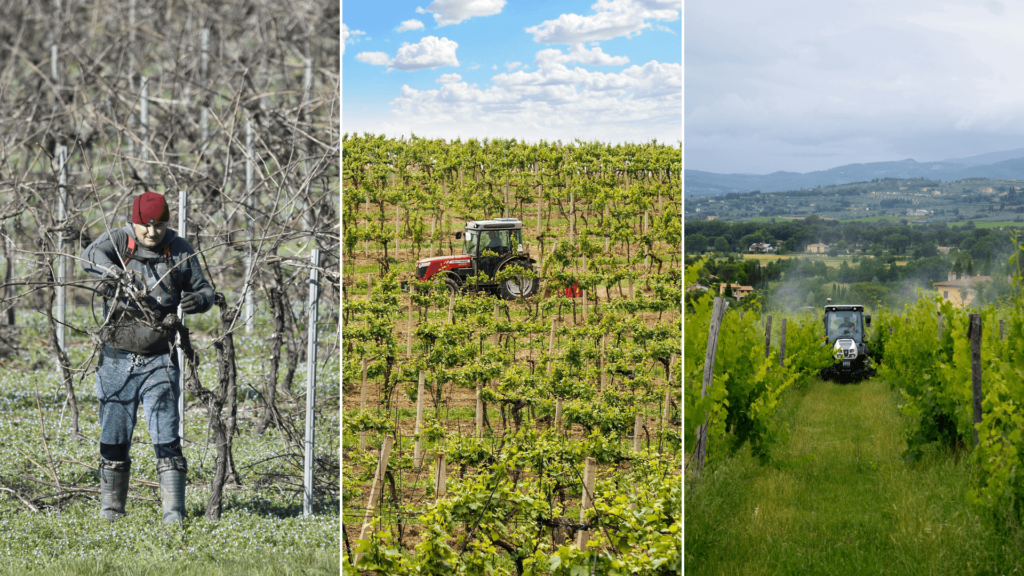
The foundation of IPM lies in preventive measures, such as carefully selecting the land and planting a variety that grows best in a particular environment. In connection with the chosen variety, vine training and vineyard management practices should be introduced. All this work can moderate grapevine disease infections and pest colonization. When pests or diseases do occur, early detection and monitoring are critical.
Steps for implementing Integrated Pest Management
The Integrated Pest Management (IPM) approach consists of six interconnected steps winegrowers can follow to optimize pest control in vineyards.
- Detection of injuries and symptoms – The first step is identifying any signs of pest or disease damage on the grapevines.
- Identification of the causative pest – Once injuries are detected, it is essential to correctly identify the pest responsible for the damage. Early identification helps manage pest populations more efficiently when they are smaller and more controllable.
- Monitoring pest development and environment – Since pests and diseases are influenced by environmental factors, it’s crucial to monitor vineyard conditions to track pest development and the potential for disease outbreaks.
- Timing of intervention – Based on the monitoring results, the critical timing of infection or pest activity can be estimated, allowing for timely intervention, such as spraying or releasing biological control agents. Several decision support systems help determine the optimal timing for preventive actions against vine diseases and pests based on weather data and pest development. One such system is eVineyard, which advises winegrowers on when to take preventative measures against several different vine diseases and pests based on the weather data, pathogen or pest development, past vineyard activities, and vineyard characteristics.
- Selection of control methods – Winegrowers must select the most effective pest control methods—biological, physical, chemical, or cultural—based on the identified pest and prevailing environmental conditions. Often, a combination of these methods is employed to address specific hazards effectively.
- Recording and evaluating – After applying pest control methods, it’s vital to record the actions taken and evaluate their effectiveness. Without thorough evaluation, there is no opportunity for improvement in future pest management practices.
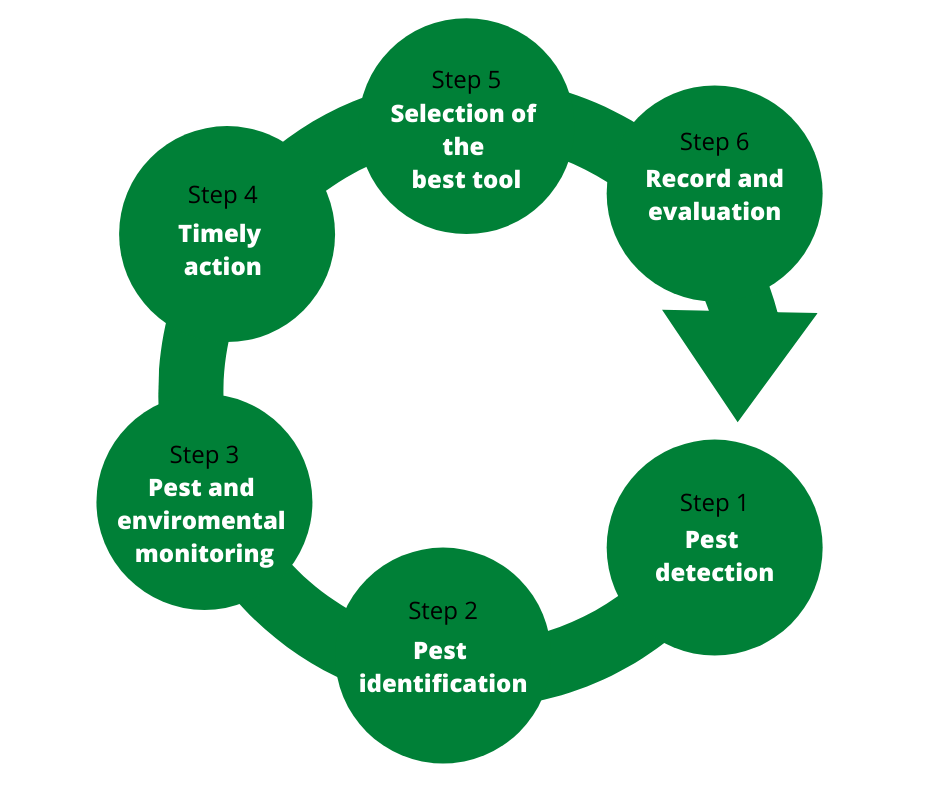
Read also: Decision support system for integrated pest management in the vineyard
Conclusion
Integrated Pest Management offers a holistic approach to pest control in vineyards that goes beyond just spraying. It integrates prevention, monitoring, and timely intervention to protect grapevines effectively. By adopting IPM, winegrowers can reduce the negative impacts on human health and the environment while still producing high-quality, pest-free grapes in an economically sustainable way. Vineyards are home to many living organisms, and the goal is to control only those that pose a threat to grape production. Therefore, spraying should be viewed as just one part of a broader pest control strategy. Relying exclusively on chemical sprays is neither economically nor environmentally sustainable. By following the six steps of Integrated Pest Management, winegrowers can optimize pest control while preserving their vineyards and the surrounding ecosystem.
Winegrowers, how are you implementing Integrated Pest Management in your vineyards? Share your experiences or challenges in the comments below.
Sources:
- Foodprint. Pesticides. Foodprint, foodprint.org/issues/pesticides/?cid=263. Accessed June, 2015.
- Ministrstvo za kmetijstvo, gozdarstvo in prehrano, Republika Slovenija. Tehnološka navodila za integrirano pridelavo grozdja 2015.
- Food and Agriculture Organization of the United Nations. Integrated Pest Management (IPM). Food and Agriculture Organization of the United Nations, www.fao.org/pest-and-pesticide-management/ipm/integrated-pest-management/en. Accessed 27 Jan. 2025.
- Featured image: by Cheng Chi Chen from Pixabay
Updated, January 2025

